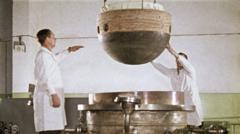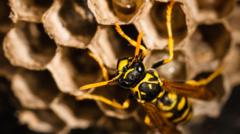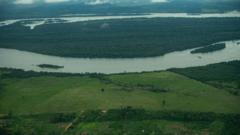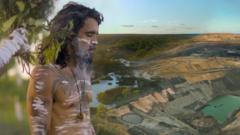A fragment of the Soviet spacecraft Kosmos 482, which originally launched in 1972 on a mission to Venus, is reported to have likely re-entered Earth's atmosphere after being in orbit for more than five decades, according to the European Space Agency (ESA). The spacecraft, which never made it to its intended destination and instead broke into multiple pieces, has been circling the planet for over 51 years. The EU Space Surveillance and Tracking (SST) centre reported that one of the fragments, believed to be the lander capsule, most likely re-entered the atmosphere on Saturday at approximately 06:16 GMT (07:16 BST).
The current status of the fragment remains uncertain: it’s unclear whether it fell to the ground or disintegrated in the atmosphere upon re-entry. The exact location of the re-entry is also yet to be determined. However, given that about 70% of the Earth's surface is covered by water, experts suggest it’s highly unlikely that the fragment caused any significant damage. Stijn Lemmens, a senior analyst at ESA, remarked that the odds of being struck by this piece of space debris are lower than winning the lottery.
The lander capsule had been engineered to withstand extreme pressures and temperatures similar to those found on Venus, which means it was equipped with a robust heat shield and a durable structural design. This has led some experts to believe that it may have survived the uncontrolled descent through Earth's atmosphere. However, the parachute system that was initially designed to aid the lander’s descent towards Venus would have likely deteriorated significantly over its lengthy time in space.
Lemmens noted that the re-entry of human-made objects into Earth’s atmosphere is a common occurrence, occurring weekly for larger spacecraft and daily for smaller items. Many objects incinerate before making contact with Earth’s surface, such as China's Long March 5B rocket booster, which fell over the Indian Ocean in 2022, and the Tiangong-1 space station, which primarily burned up over the Pacific in 2018.
International space agencies are now closely monitoring Kosmos 482. Lemmens stressed the importance of designing future spacecraft in a manner that allows for safe orbital re-entries, ideally through controlled descent methods. This would enhance the ability to predict landing spots accurately, thereby minimizing risks to populated areas and protecting both people and property, while also addressing the broader environmental implications of space debris.























